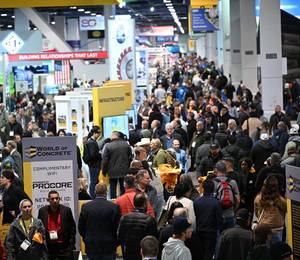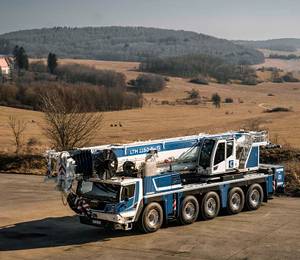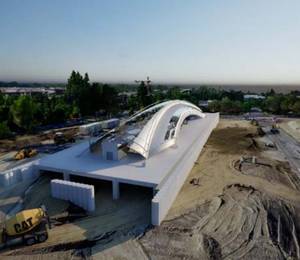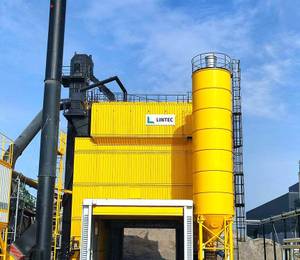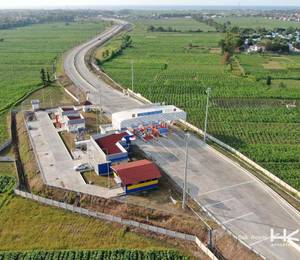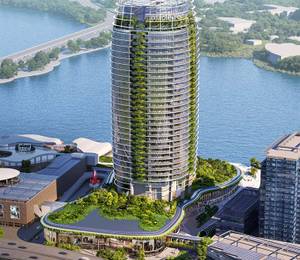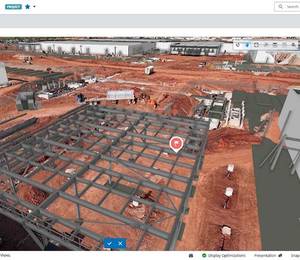Singapore’s Minister for National Development and Minister-in-charge of Social Services Integration, Desmond Lee, has announced that the Land Intensification Allowance (LIA) scheme for the local built environment (BE) sector will be expanded to include new multi-storey design for manufacturing and assembly (DfMA) facilities beyond integrated construction and prefabrication hubs (ICPHs), to further optimise industrial land use. This will take effect from 1 January 2026 until 31 December 2030.
The LIA currently supports ICPHs, which are multi-storey and highly mechanised or automated facilities that produce prefabricated precast concrete components off-site. Activities conducted in ICPHs include: prefabrication of individual components, e.g. precast columns, beams, staircases; prefabrication of integrated sub-assemblies, e.g. prefabricated bathroom units (PBUs); and prefabricated prefinished volumetric construction (PPVC).
The expanded LIA will support a greater range of activities in multi-storey DfMA facilities related to prefabrication operations including: fit-out works, e.g. fitting-out of PBUs and PPVC modules; storage of prefabricated components; production of other DfMA products, e.g. prefabricated mechanical, electrical and plumbing (prefab MEP) systems, structural steel, mass engineered timber, three-dimensional concrete printing; and production of any other new DfMA products, approved on a case-by-case basis.
Companies developing new multi-storey DfMA facilities, with applications for planning permission made on or after 1 January 2026, can apply for the expanded LIA scheme.
To qualify for the expanded scheme, new multi-storey DfMA facilities (except ICPHs) must achieve a minimum gross plot ratio (GPR) of 1.03, while ICPHs must continue to achieve a minimum GPR of 1.6. Existing facilities that have already met the respective GPR thresholds and wish to tap on the LIA for addition & alteration (A&A) works must demonstrate an incremental 10% GPR improvement.
At least 80% of the gross floor area of the qualifying facility must be used by the building owner or its related users. To further encourage the development of DfMA facilities, the shareholding criterion for building owner and users to be considered related has been reduced from at least 75% of shareholdings held in common to more than 50%. More information on the expanded LIA scheme can be found here.
In supporting the development of multi-storey DfMA facilities through the expansion of the LIA scheme, the Building and Construction Authority (BCA) aims to drive greater adoption of DfMA as part of the advanced manufacturing and assembly thrust under the Built Environment Industry Transformation Map (BE ITM), which sets out the strategic goal to transform Singapore’s BE sector through a building lifecycle approach.
The LIA scheme, administered by BCA for the BE sector, promotes the intensification of industrial land use for higher value-added activities. It provides a tax allowance of up to 100% of the qualifying capital expenditure incurred for the construction or A&A works of a qualifying building, with an initial allowance of 25% during construction, and subsequent annual allowances of 5% until the total allowance amounts to 100% of the qualifying capital expenditure.
